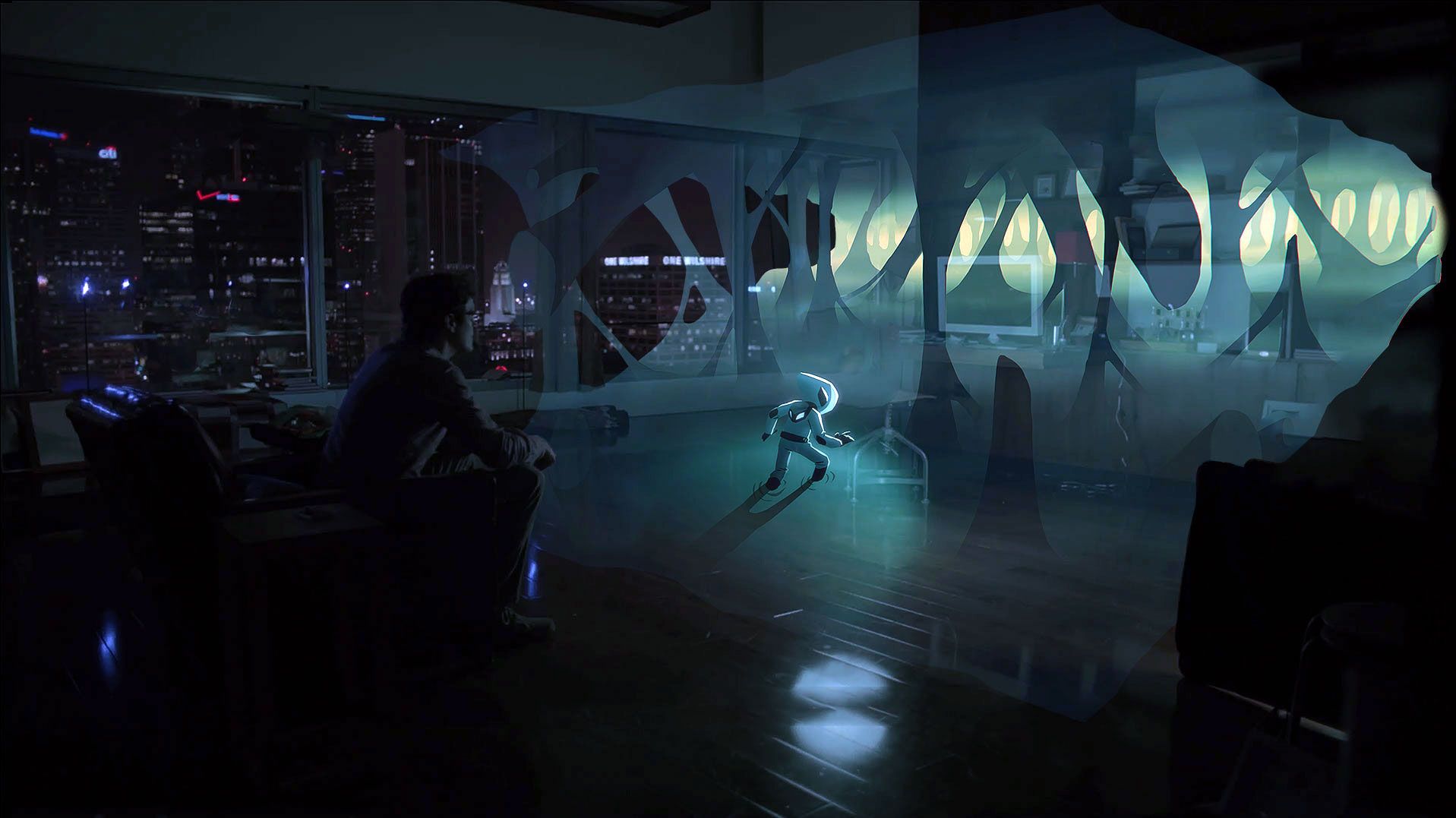The evolution of the online environment is a continuous development in user experience. The near constant human-computer interaction (HCI) of our electronically integrated global community pushes the technology curve inexorably upward and each step brings with it more intelligent, more robust and more beautiful solutions to problems that now exist primarily as barriers to creativity.
Nowhere is this more prevalent than in web and mobile development, especially considering the impressive interoperability of code. Everyone in the marketplace today is connected, to each other and to the web, through the innumerable solutions that bridge that gap. There is much discussion about linked data and the emerging emotional web. This is important. The incredible increase in available raw data is leading to more intelligent, responsive systems: applications with the capacity to understand and respond to a user’s personal needs. But software by itself delivers only logic, be that presentation, transactional or otherwise. We need hardware to provide the tangible aspect of interaction. It is only because of the advances in computing power, mobility and communication that we are able to achieve so much with code. New forms of HCI are an imperative and a natural progression. Devices like the Xbox Kinect, Oculus Rift, Emotiv Epoc and the Microsoft Hololens are excellent examples, unique but similar in that they are all devoted to the user experience.
With new input and output modalities: holographic, immersion, gesture, motion, even neurological; we need new interfaces, new ways of connecting with users. We need depth. Not just visually but figuratively: emotive, inspirational GUI’s that are more than just IO dynamics. We need to craft user environments that no longer merely overlay but augment, improve and simplify reality. We have made intercommunication near instant, now we need to make it enjoyable.
I am not a designer, I can copy but I struggle to create. Given a structure I can extrapolate content design but asset generation is always a major problem. There are endless templates and themes available online, although almost all proscribe to generic design patterns and are unavoidably similar in concept. Accordingly WebGL was a revelation for me. A combination of web and 3D, both flexible and user oriented, not to mention the availability of assets, seemed like an opportunity to produce truly unique results. Unfortunately, there was a lack of subtlety in the implementation and the industry failed to respond. The platform is however no longer holding us back. Hardware and browser innovation are practically begging us to reinvent the user experience.
Until recently interfaces only had depth in the sense that one could stack presentation layers and transition between them. Mobile technology changed the way we looked at software. Applications were suddenly able to provide mutable interaction based on a user’s physical state and not merely their intentional input. From geotargeting to augmented reality, new data developed into new forms of interaction. User interfaces however, arguably the most important aspect of HCI, have stayed relatively stagnant. We have remained faithful to the design patterns we were comfortable with.
Unity is the only effective way of implementing 3D concepts online, and the ease with which that transitions to mobile makes it an incredibly innovative solution. It is however the community that is responsible for using it creatively. Can building a game require any imaginative risks? It’s one of the most difficult projects any developer will undertake but we will not be called revolutionary until we break away from traditional patterns and experiment with the potential that 3D represents. With the hardware available today and our proclivity for new experiences, it is somewhat surprising that layered two-dimensional interfaces are still enough.
We have the tools necessary to take 3D beyond purely entertainment based implementations, and that is extremely powerful in an industry driven by user experience. The intelligent, responsive, emotional environments we develop here will define the future of software interaction.
